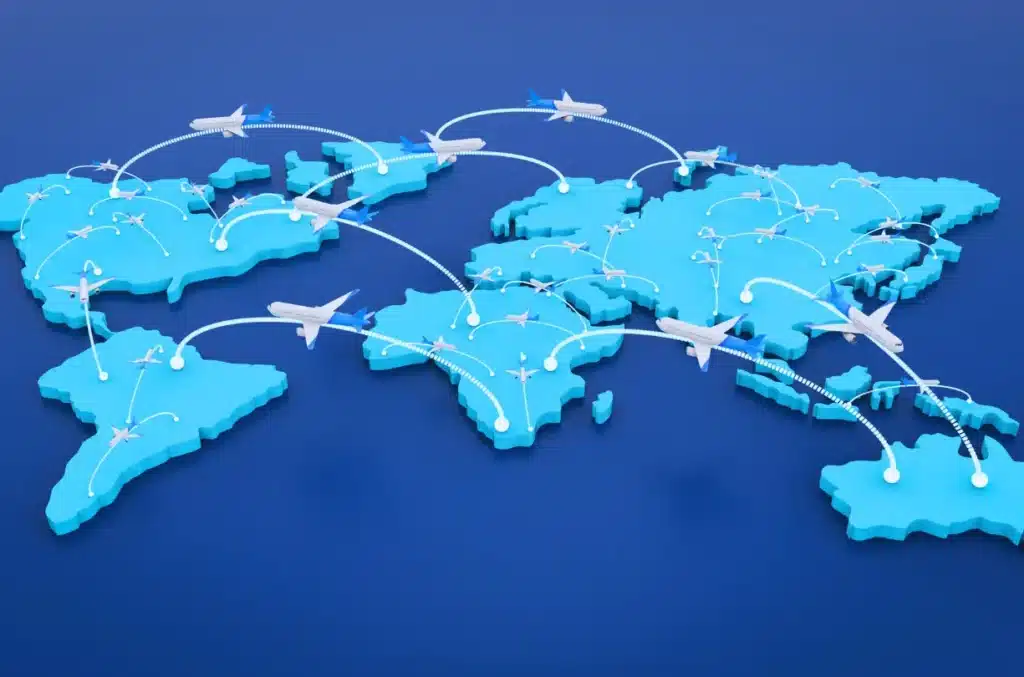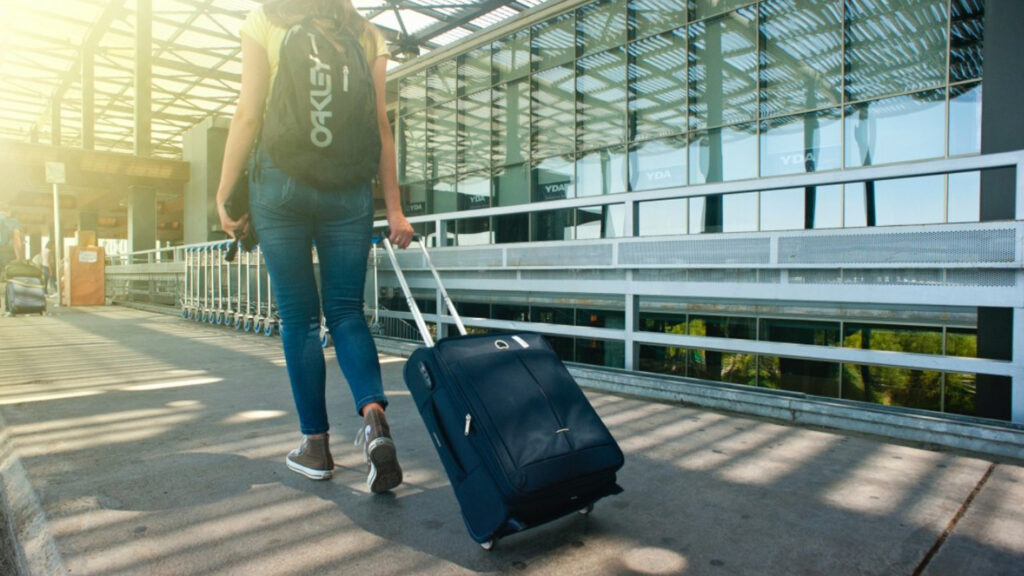In the ever-evolving world of air travel, airline route changes are becoming more frequent due to shifting demand, economic factors, and global events. Whether routes are being discontinued, new ones are being introduced, or schedules are being adjusted, these changes can significantly impact travelers. Understanding how to navigate these changes will help you plan smarter and avoid last-minute disruptions.
Table of Contents
Why Are Airlines Changing Routes?
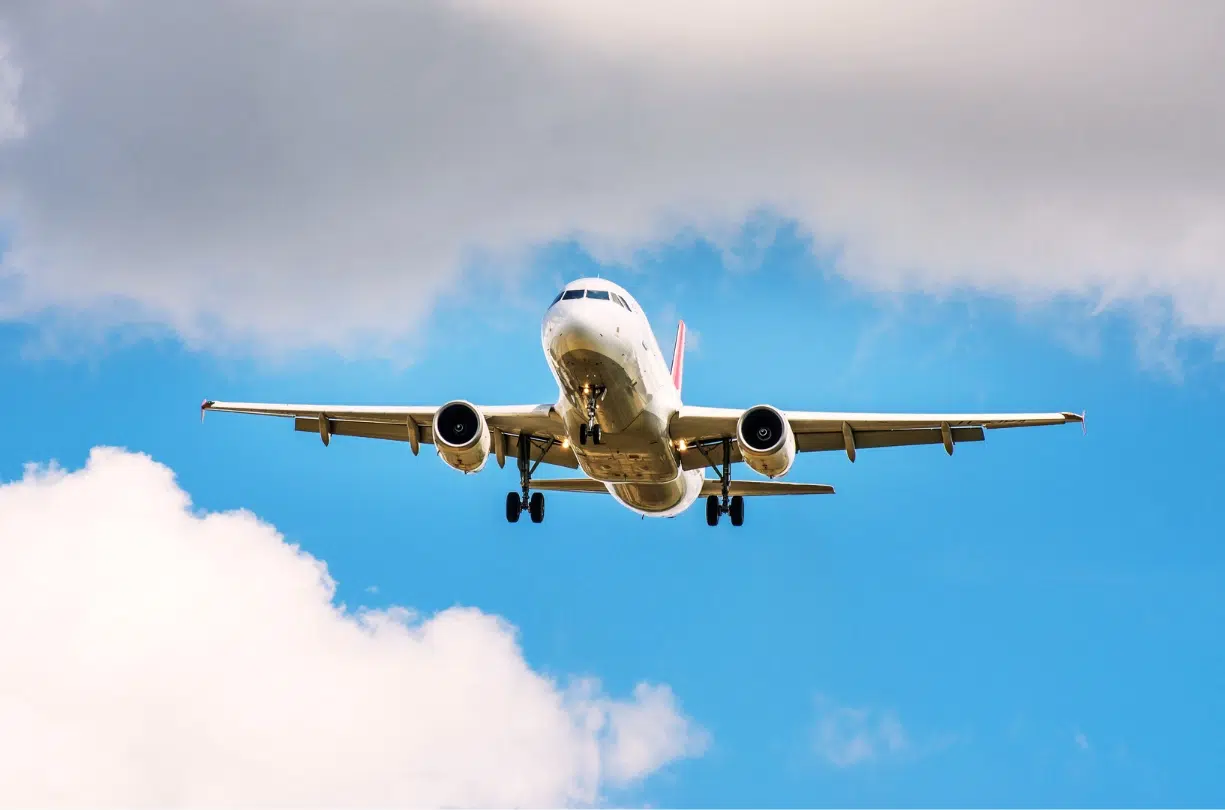
Airlines adjust their routes for a variety of reasons, including:
- Market Demand: If certain routes are not profitable due to low passenger traffic, airlines may cut them to optimize their resources.
- Economic Factors: Rising fuel costs, labor shortages, and fluctuating currency values can force airlines to alter flight schedules.
- Travel Trends: Post-pandemic, some destinations have surged in popularity while others have seen a decline, influencing route decisions.
- Environmental Regulations: Some airlines are reducing flights on short-haul routes due to sustainability concerns and government regulations.
- New Partnerships: Airline alliances and mergers can result in new routes or the elimination of overlapping services.
How Route Changes Affect Travelers
Frequent travelers, business professionals, and vacationers alike may face:
- Increased Flight Costs: Reduced competition on certain routes can lead to higher ticket prices.
- Longer Travel Times: Some route changes require additional layovers or indirect flights.
- Limited Accessibility: Remote or less-visited destinations may become harder to reach.
- Last-Minute Itinerary Adjustments: Canceled or rescheduled flights can disrupt travel plans and create logistical challenges.
Tips to Navigate Airline Route Changes
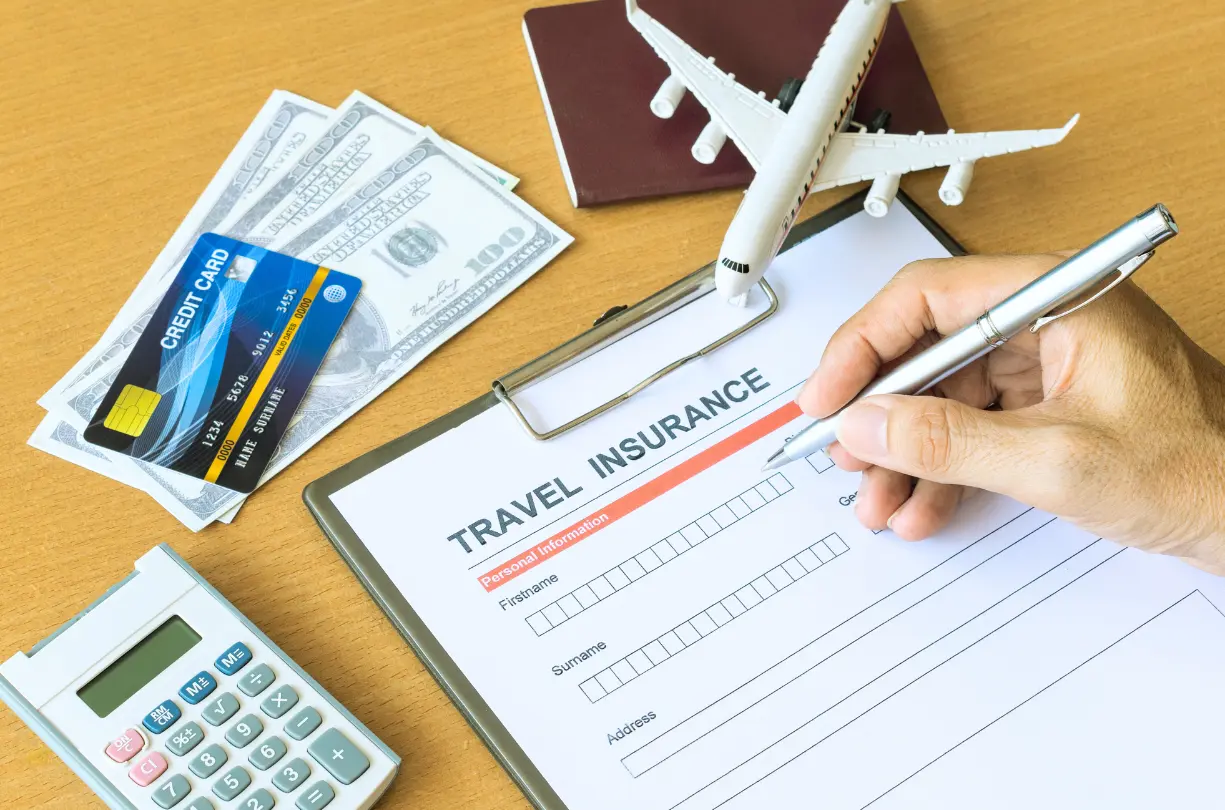
1. Stay Updated on Airline Announcements
Keep an eye on airline websites, press releases, and industry news to stay informed about upcoming changes to flight routes. Subscribing to airline newsletters or setting up Google Alerts for your frequent routes can help you stay ahead of schedule disruptions.
2. Be Flexible with Your Travel Plans
When booking flights, consider having backup dates or alternative airports in mind. Sometimes, adjusting your departure city or opting for a connecting flight through a major hub can save time and money.
3. Use Flight Search Tools
Leverage flight comparison platforms like Google Flights, Skyscanner, or Kayak to explore multiple routing options. These tools provide insights into price trends and availability, helping you find the best possible itinerary.
4. Check Airline Alliances and Codeshare Agreements
Many airlines operate within global alliances like OneWorld, SkyTeam, and Star Alliance. If your preferred airline discontinues a route, another airline in the same network might still serve your destination, possibly even honoring your ticket.
5. Consider Alternative Transportation
For short-haul routes affected by cancellations, consider high-speed rail, buses, or car rentals as potential alternatives. In some cases, these options can be more convenient and eco-friendly.
6. Book Travel Insurance
A comprehensive travel insurance policy can provide coverage for unexpected flight cancellations, delays, and rebookings. Ensure your policy includes coverage for airline disruptions to minimize financial loss.
7. Stay in Touch with Your Airline
If your route is affected, contact your airline directly to explore rebooking options or refunds. Many airlines offer compensation or alternative flights if your itinerary is significantly impacted.
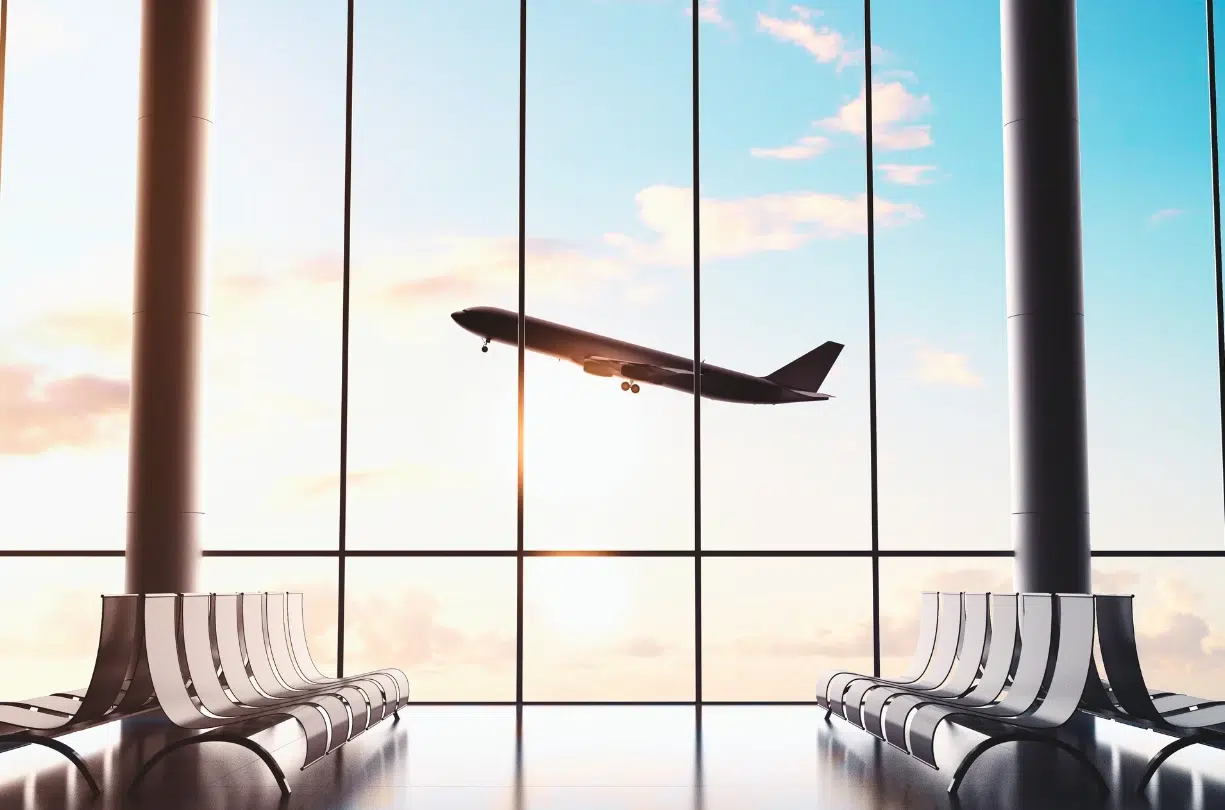
More Read
- Scenic Hot Springs: A Relaxing Escape to Nature
- Things to Do in London with Teens
- The Best Florida Souvenirs
- Costa Rica Flowers: A Colorful Paradise
- Things To Do in Monteverde, Costa Rica
- Top 12 Fun Facts About Costa Rica
- Top Places for Snorkeling in Costa Rica
- The Worst Time to Visit Costa Rica
- Romantic Weekend Getaways in NSW
- Romantic Getaways in Melbourne, Victoria
- How to Create the Perfect Itinerary For Your Trip
- Tamarind Hill SG: A Hidden Gem for Sunday Brunch
Future Travel Outlook
As the travel industry continues to adapt to shifting trends, airline route adjustments will remain a common occurrence. However, by staying informed and flexible, you can make the most of your journeys in 2025 and beyond.
By planning ahead and being prepared for changes, travelers can continue exploring new destinations with confidence, even in an evolving airline landscape. Happy travels!

